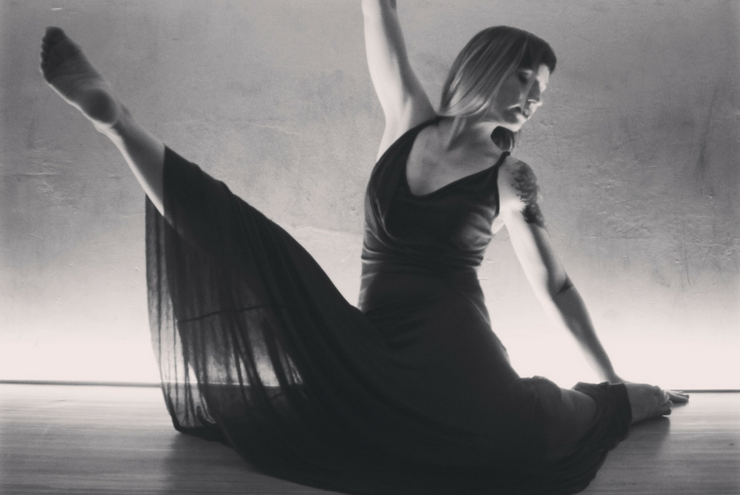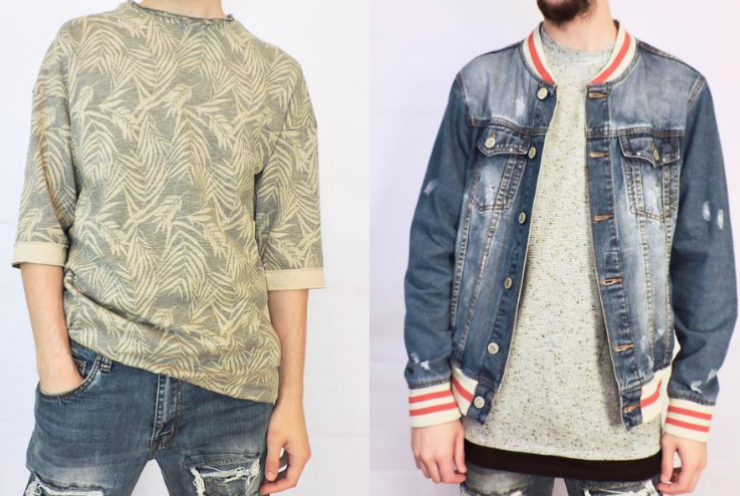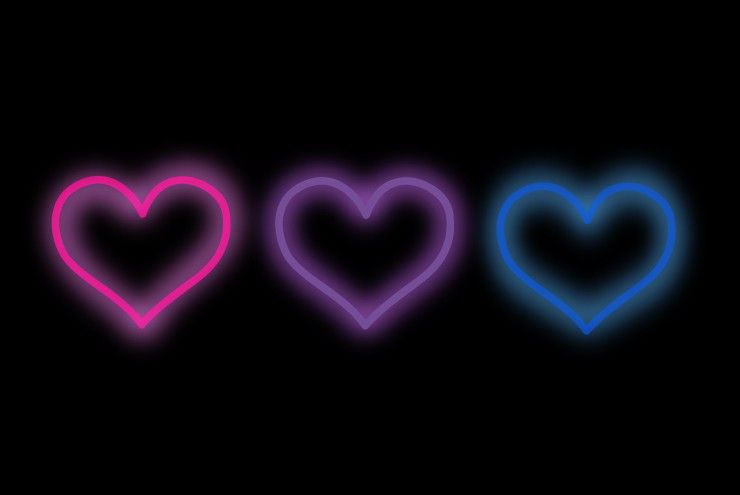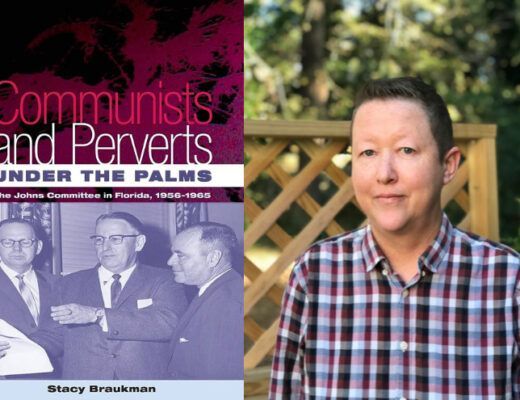By Rebecca French
During my sophomore year at the University of Houston, I discovered two life-changing things about myself: my love for dance and my love for women. I was an English major at the time, and dating a guy who was majoring in music. He awakened an appreciation of the arts in me that I had never known was there, and I decided I wanted to become an artist of some kind as well. So, I took a semester off to take various electives—singing, acting, and dancing. I walked into my first ballet class at age 19. Most of the students were like me—ungraceful, awkward ducklings who could barely point their toes, much less do a pirouette en pointe.
But there, at the front of the room, was the most beautiful ballerina you’ve ever seen. She had sharp features, blonde hair in a tight bun, and long, lean muscles under her leotard and tights. I stood next to her at the barre and she helped me with the exercises. I followed her to the parking lot after class, smitten, while she told me about herself. Her name was Amber. She was definitely interesting, and even a bit wild. She had scarification designs on her arm, she was a raver, she loved science, and was choreographing a ballet about mitosis. Amber shattered all my preconceived notions that ballerinas only resemble the spinning dancers of music boxes—she was amazing. In the past, I had experienced mild crushes on girls, but this was different. I was so enraptured that I could barely even speak around her. But, we kept talking, dancing, and eventually, began dating.
My love for both dance and women developed simultaneously that year. Specifically, I discovered modern dance the following semester and was blown away by how fun and exciting the movements felt compared to ballet. I decided that modern dance was my path forward and committed myself to becoming a performer and choreographer. Sadly, as my dance career progressed, my relationship did not. Amber decided to marry a man—an ex of hers—because she feared her family would never accept our relationship. My heart was broken.
The pain of the breakup was unbearable and I quickly retreated back into the closet as a result. I knew that I could return to dating men to prevent myself from feeling that type of sadness again, as well as to avoid the discrimination and stigma that came along with being openly gay 20 years ago. I’m ashamed to say that I shut that part of my identity down completely—out of fear of heartbreak, fear of losing my own family by coming out, and fear of living without straight privilege in a world where it’s hard enough to succeed as a woman.
But I didn’t give up on dance. I met another musician and, together, we started a performance group called FrenetiCore. We created original dance theater together for over 10 years and, even though I was in the closet, queer expression and gay love dances were always manifesting in my choreography—like when we performed Anne Sexton’s version of Rapunzel (it began with the line “A woman who loves a woman is forever young,” and described a heated love affair between Rapunzel and Mother Gothel). I had a cast of eight women dress as men for the “Just a Gigolo” dance we performed at Miller Outdoor Theater. I costumed men in dresses, put mustaches on women, and everyone in my shows partner-lifted each other with no adherence to gender roles. But I was still in the closet all those years. I was happy to be living my dream of being an artist, but still miserable to be living a double life—hiding from the possibility of love and being my authentic self.
I finally found the courage to come out publicly at the age of 36. There were repercussions, as I had feared—I did lose some of my family members as a result and, even in the arts world, there is still enough discrimination to close doors on funding for projects by queer artists. But none of that has stopped me. I’ve been creating loud and proud queer dances since I came out. There was the sensual love duet to Louis Armstrong’s music that I performed with my girlfriend in 2012, the beautiful male pointe duet in my show Rite of Summer in 2013, the dance film Heaven that I created in 2016 (watch below), the gay nightclub dance in my Lovah Dance show, and an upcoming Stonewall 50th Anniversary performance that I can’t wait to create and perform.
I’m so gratified every time I make new work that celebrates queer expression. In my opinion, there aren’t nearly enough gay love stories in the dance world and I’m committed to changing that. In addition to creating dances that represent all people, orientations, and identities, I’m furthering the field of Queer Dance Theory by creating and teaching workshops for dancers to explore their queer sides, embrace body and sex positivity, and erase gender roles within the dance world.
Stay tuned for news about my next dance creations, which will feature tons of beautiful dancing by lots of beautiful queers. And whether you’re an artist by profession or not, you can bring more queer representation into your own career just by being yourself around your peers, bosses, and employees. It’s up to us all to make sure we’re seen and celebrated in this world.
For more information on Rebecca French’s dance, choreography, and workshops, visit rebeccafrenchchoreography.com, or follow her on Facebook and Instagram.







